How restaurants are leading the Gold Coast’s reinvention
Top chefs reveal how and why the Gold Coast has changed – for the better.
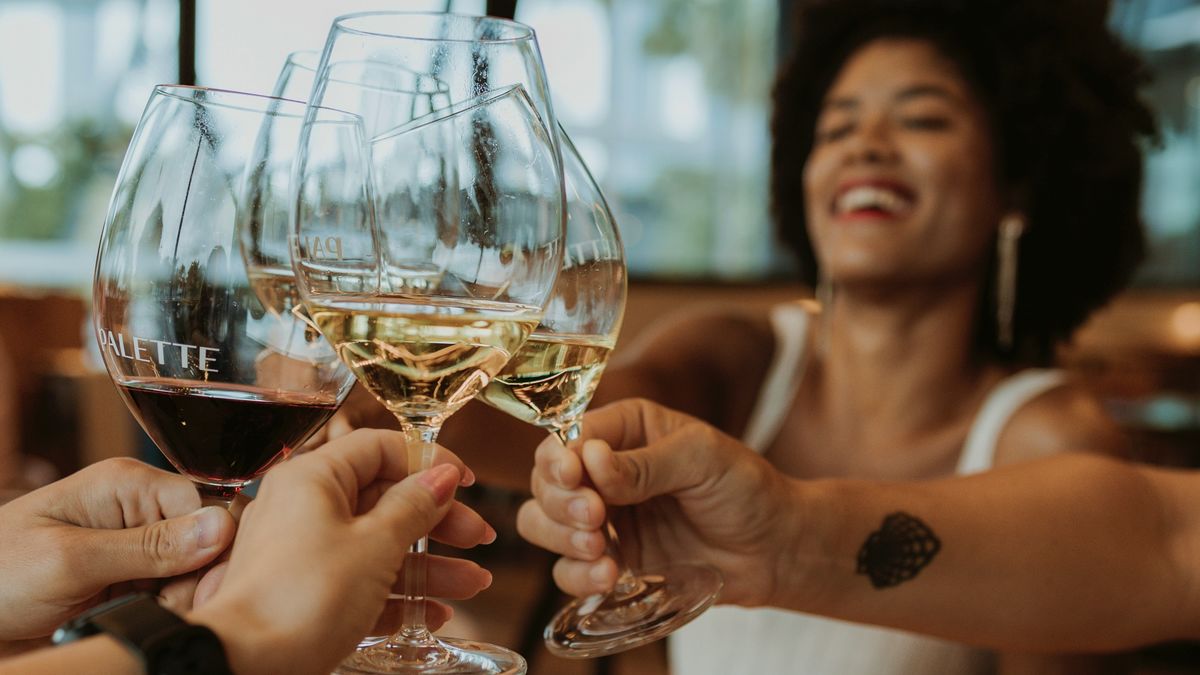
When was the last time you visited the Gold Coast? Whether it’s five years, ten or even one, there’s a high chance you may not recognise it today.
Because, much like Brisbane to the north, the city’s undergoing a period of rapid growth and change – its dining scene, in particular.
The days of surf clubs and steakhouses being the standard go-tos are long gone.
Today you’ll find a smorgasbord of options, from beachside hangouts to fine dining affairs where the view on the plate is all the scenery you need.
They’re no longer confined to the classic hubs of Surfers Paradise and Broadbeach either – restaurants and cafes worth flocking to are popping up in other areas such as Nobby’s Beach, Robina and Mt Tamborine, to name a few.
An impressive 23 Gold Coast venues were awarded Chef Hats last year alone. Among them, The North Room in Mermaid Beach, Jimmy Wah’s in Burleigh Heads, and La Luna at Main Beach.
So what’s behind the shift? Seeking an answer, we reached out to three of the city’s top chefs for a local perspective: Palette’s Dayan Hartill-Law, James Brady from Rick Shores, and Paul Smart from the JW Marriott Gold Coast’s Citrique.
As you can imagine, the reasons given are as varied as their restaurants. That said, there are common threads.
A big city with small-town appeal
For Hartill-Law, Executive Chef at HOTA, Home of the Arts, it was work-life balance that spurred his seachange from Melbourne seven years ago.
“At the time I was running The Press Club, one of George Calombaris’ restaurants,” he explains. “My son was born at the end of November and I went back to work and basically didn’t see him or my wife until New Year’s Day. We felt it wasn’t sustainable.”
A prime role at The Palazzo Versace’s Vanitas dining room soon popped up, and by the end of February, he and his young family had made the switch, and haven’t looked back.
“I think there is this small town syndrome, in that we tend to apex around the weekend. Whereas in other metropolitan areas you tend to be busy all the time. For a hospitality professional, that means that you can implement a good work-life balance.”
Since then, Hartill-Law has moved across HOTA, where menus at his two-hatted Palette – a restaurant in an art gallery – take liberal inspiration from the produce and wine of the region, not to mention the exhibition of the day.
Like Brisbane and Byron Bay, the Gold Coast has also seen huge migration since 2020, with people from southern states realising they needn’t be confined to the larger cities.
“It really helped bring hospitality talent to the city,” Hartill-Law adds.
More than just a meal
Citrique’s Paul Smart is among the chefs who’ve made a home in the Gold Coast since the pandemic, though it’s not his first time. (He previously opened Sofitel Broadbeach’s Room 81, after which his career took him to Thailand and Vietnam in 2011.)
Since assuming the Executive Chef role at the JW Marriott, he’s not only seen a shift in the variety of restaurants – Japanese venue Anekawa in Mudgeeraba is a personal favourite – but in the attitudes of diners.
“Thinking back to the mid-2000s, there was restaurant after restaurant in Broadbeach and they were packed all the time,” Smart recalls. “But when I spoke to the diners, they said it was good but not great.”
He believes many restaurants or shop owners were not concerned with improving either; “they weren’t interested in repeat guests – they just wanted to be full every night.”
Smart says that attitude no longer has a place, particularly after the pandemic proved the value of locals. Diners are demanding more too: an experience, not just a meal.
An experience is exactly what diners get at Citrique, whether it’s a two or three-course set menu or the extravagant six-course degustation with paired wines (a definite must-try).
“If you look at Sydney or Melbourne, if you’re not good you’re out. People just won’t come. Now everyone is, in a good way, pushed to change and improve and evolve, creating a great dining scene in the process.”
The conversation has changed
James Brady of Rick Shores – a pan-Asian favourite edging the sand of Burleigh Heads – echoes Smart about the push to improve, while noting the conversation around food has also evolved. (MasterChef is often credited for this change.)
“People are sharing what they love about food whether it's at home or out in restaurants,” Brady says, with the change allowing “kitchens and chefs to flourish and ultimately become more creative.”
Meyjitte Boughenout, head chef at MARE – a floating restaurant overlooking a superyacht marina near Main Beach – and Jacob Mackenzie, at Mamasan in Broadbeach, are two of the chefs Brady singles out for doing great things in the kitchen.
Much like the Gold Coast’s wider reinvention, shaking off its party town image in favour of a more upmarket vibe (with more change on the way), the dining scene is unlikely to remain static for long.
New venues are opening all the time – KOST in Broadbeach is among the latest arrivals – and the reasons to revisit piling up.
If it’s been a while since your last visit to the Gold Coast, there’s no time like the present… and you might need to reserve your table sooner than later.
The writer travelled as a guest of Destination Gold Coast.
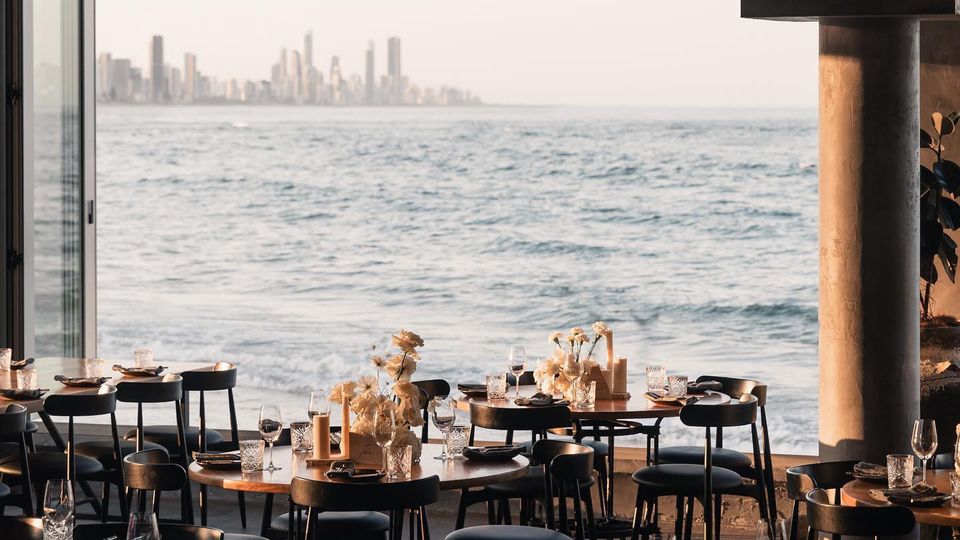
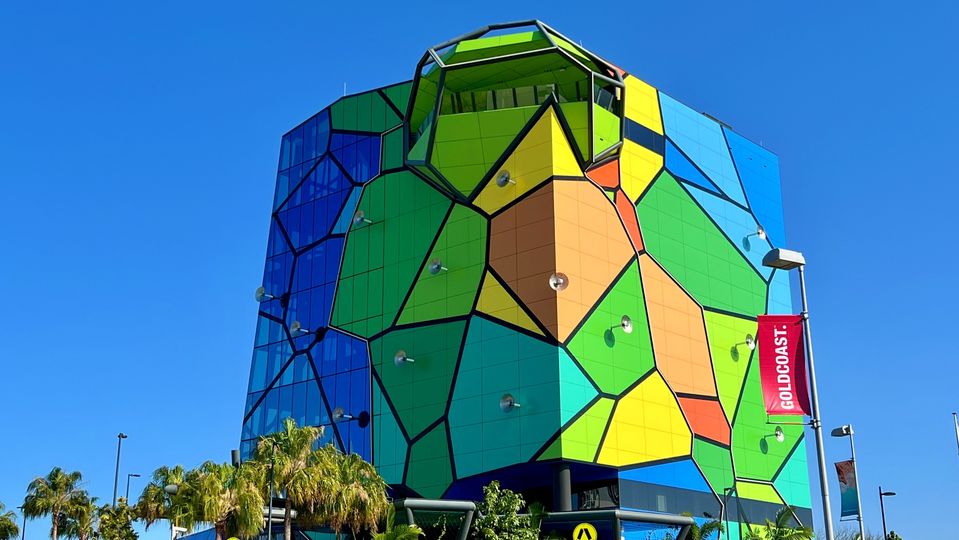
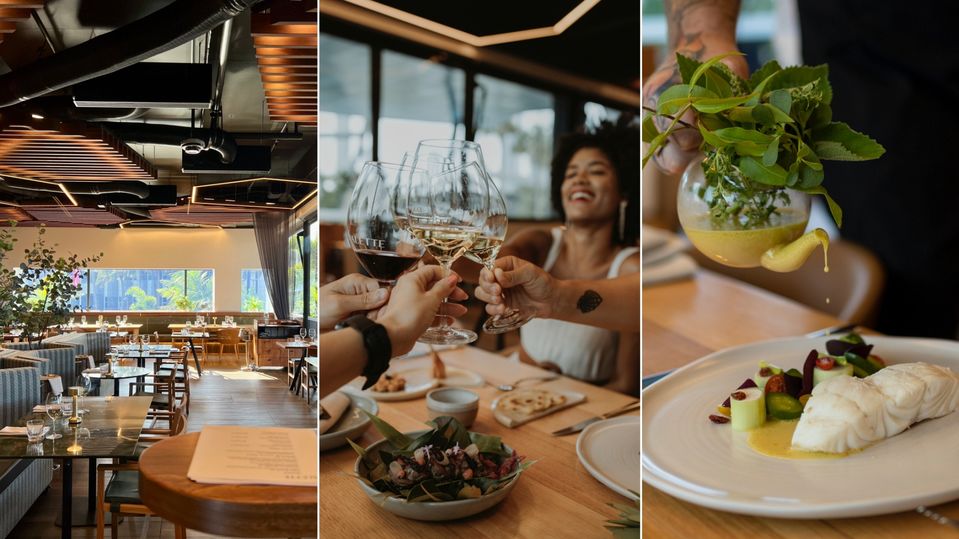
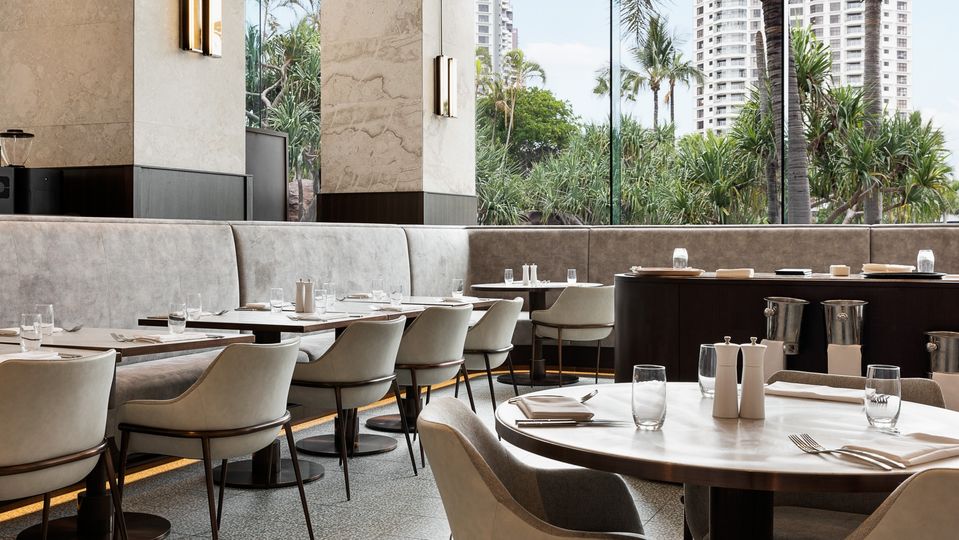
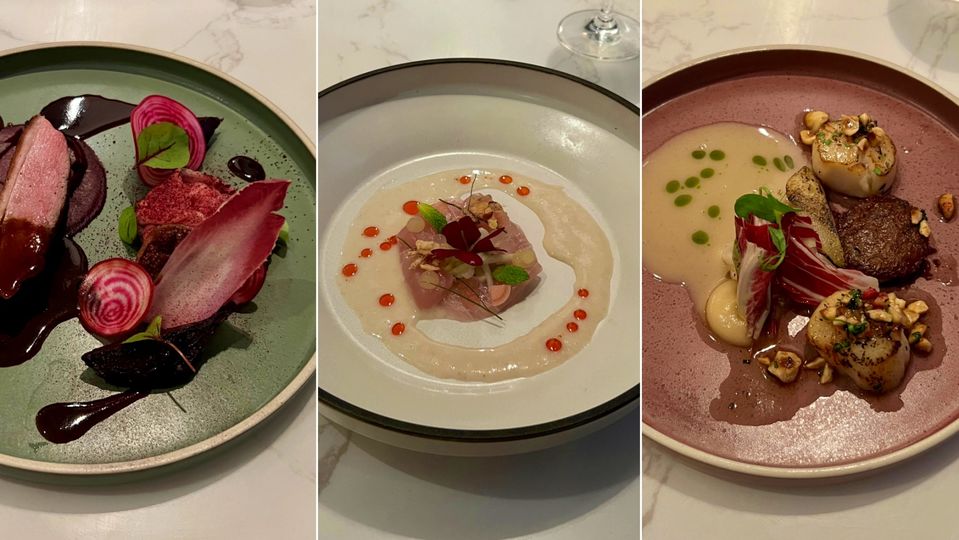
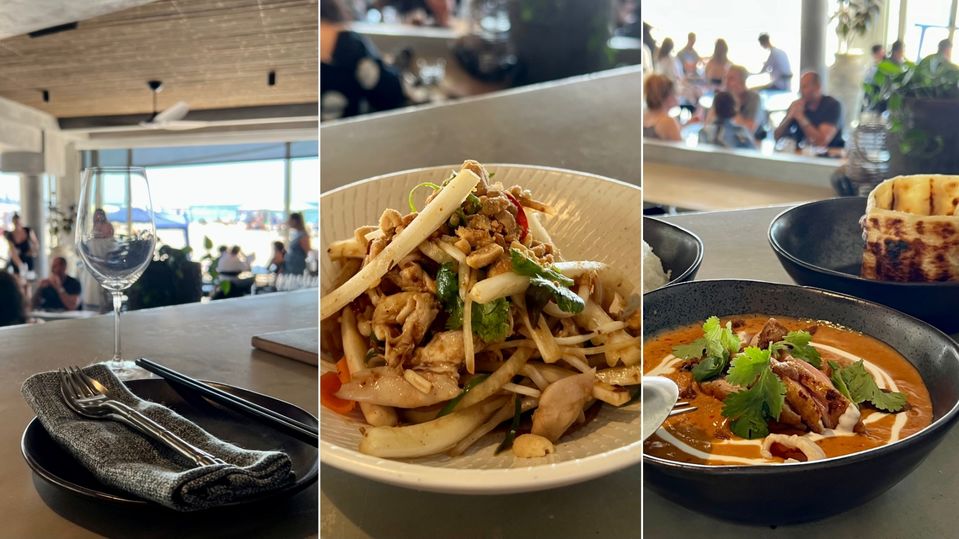
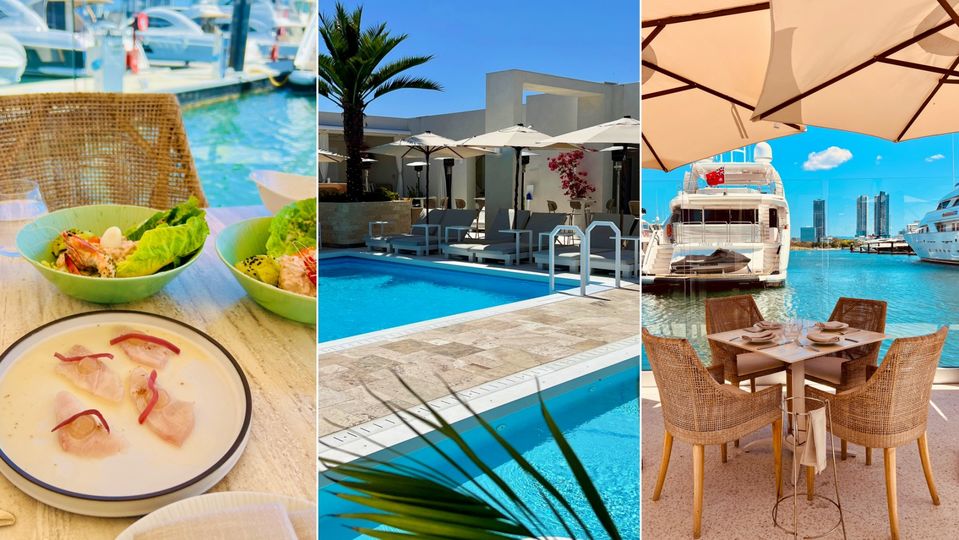
Hi Guest, join in the discussion on How restaurants are leading the Gold Coast’s reinvention